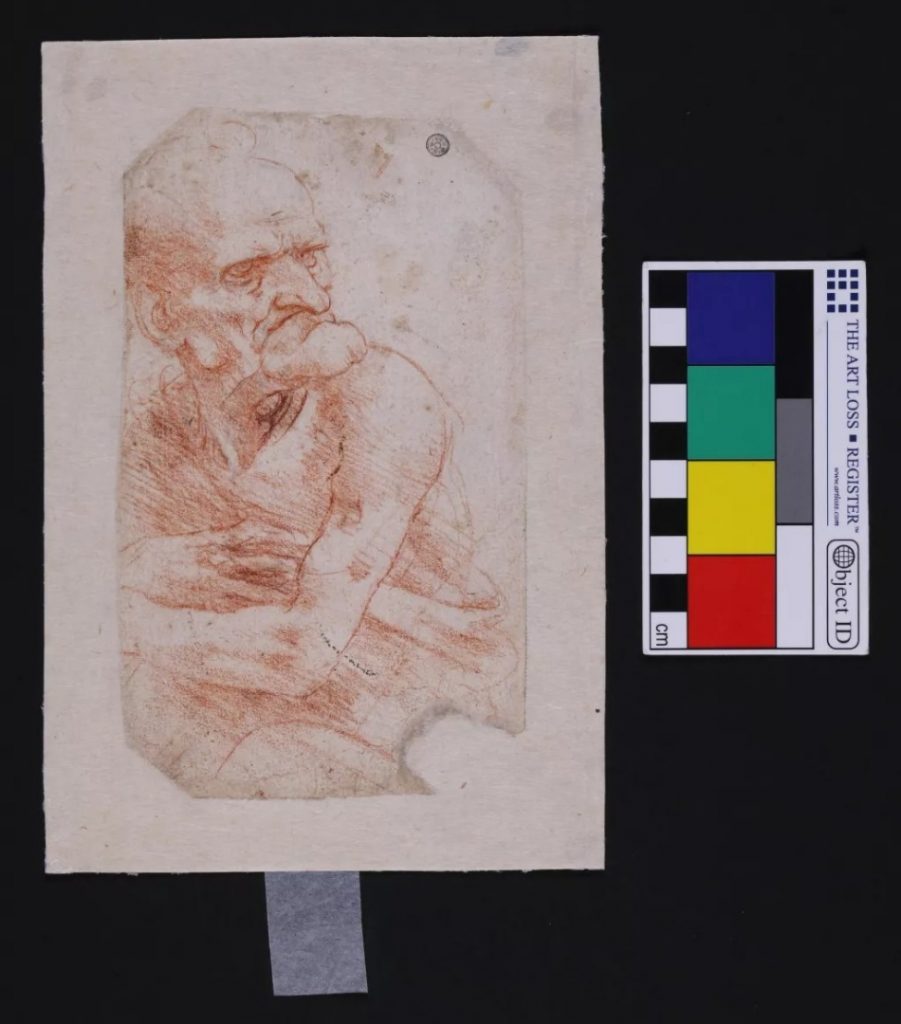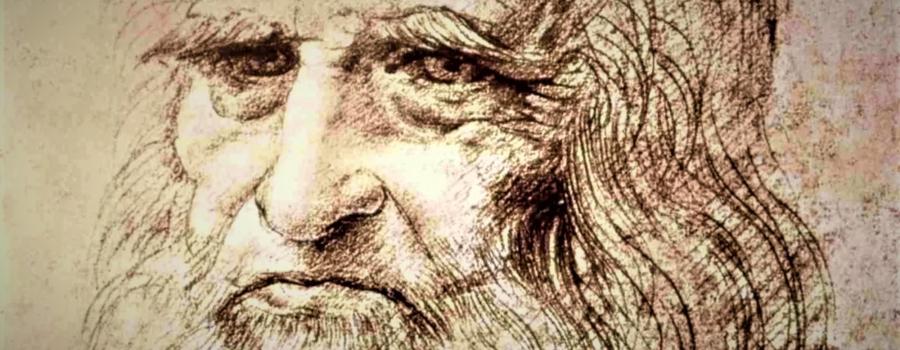Scientists have studied the microbiome (a collection of trillions of microorganisms and nine million microbial genes – ed.) In the paintings of Italian artist and inventor Leonardo da Vinci. This was reported by LiveScience.
According to the researchers, the data will help create a “catalog” of the microbiome for works of art. Scientists note that the paintings contained a very unique collection of microbes. In the future, this will allow experts to detect counterfeit pictures based on their microbiome.
A new study has also shown that da Vinci paintings have more bacteria and human DNA than expected. Most likely, this is the result of countless restorations of paintings and other contacts with the paintings.
Microbes were also present in the paintings, causing the paper to break down over time.

In general, the project is an experiment to test the concept of whether art microbiomes can tell their own unique stories.
It is noted that microscopic biological material was studied in seven famous paintings by Leonardo da Vinci. Most bacteria, fungi and human DNA have been in the pictures since da Vinci’s death more than 500 years ago.
It turned out to be unusual that the concentration of bacteria was higher than that of fungi. Previous studies have shown that fungi typically dominate the microbiome on paper objects. But in the case of da Vinci’s paintings, a large number of bacteria from humans and insects, including flies, were found.
“Insects, restorers and the geographical location of the paintings have left their mark on images invisible to the naked eye. But it is difficult to say whether these contaminants appeared during the time of Leonardo da Vinci or much later, ” the researchers said.
Much of this DNA probably came from paintings by restorers who had been working on the master’s work since the 15th century. The team did not perform a more detailed analysis to find specific DNA owners.







